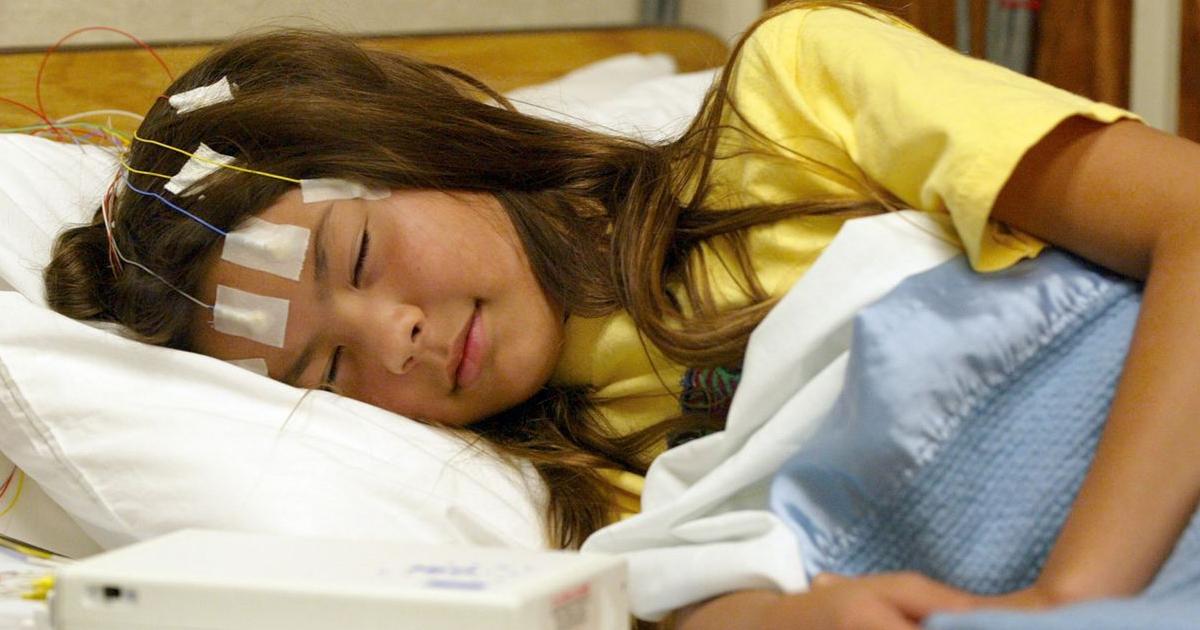Guide To The Symptoms Of Reye's Syndrome
Seizures
Seizures occur when the brain becomes dangerously swollen, and they require emergency treatment. Parents should seek emergency medical help immediately if their child has convulsions or seizures, or if they lose consciousness unexpectedly. Brain swelling causes pressure inside the skull to increase. In some cases, the pressure prevents blood flow to the brain, which can lead to the death of brain tissue. If swelling blocks other fluid from naturally leaving the brain, the condition can get even worse. A seizure occurs when there is abnormal electrical activity in the brain. Some individuals with epilepsy experience seizures commonly and don't require medical treatment if the seizure doesn't last more than five minutes. But if the child doesn't have a history of seizures, a sudden seizure is a medical emergency that must be evaluated and treated to make sure serious neurological conditions aren't present.
Keep reading to get more information on the various symptoms of Reye's syndrome now.
Persistent Vomiting

Persistent and continuous vomiting are other early symptoms of Reye's syndrome. They may begin occurring suddenly after the affected individual has seemed to be on the mend from their viral infection. Some parents may mistake the vomiting for a continuation of the earlier virus. The vomiting tends to begin around three to five days following the initial onset of the viral infection. This is also often coupled with lethargy. It's important to get sudden and persistent vomiting evaluated by a medical professional. Even if it isn't caused by Reye's syndrome, it's vital to be sure it isn't caused by another potentially serious illness.
Discover more warning signs linked to Reye's syndrome now.
